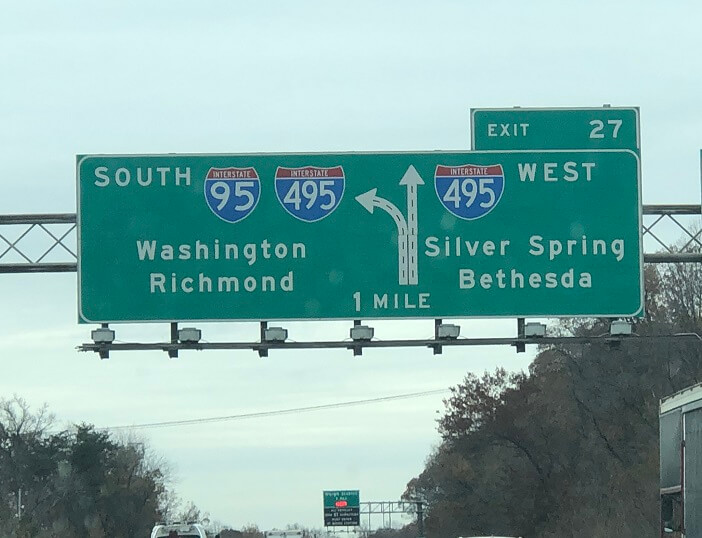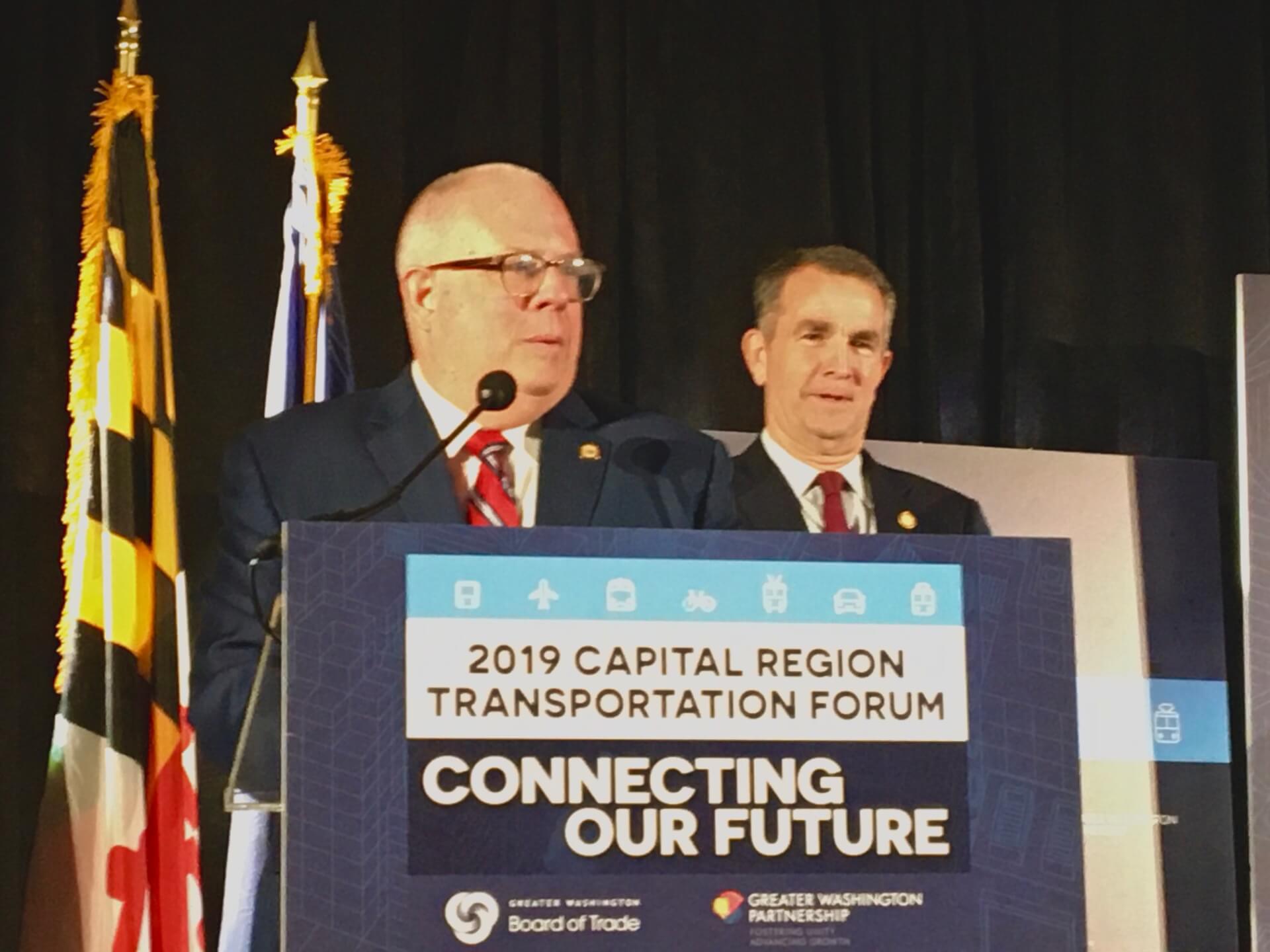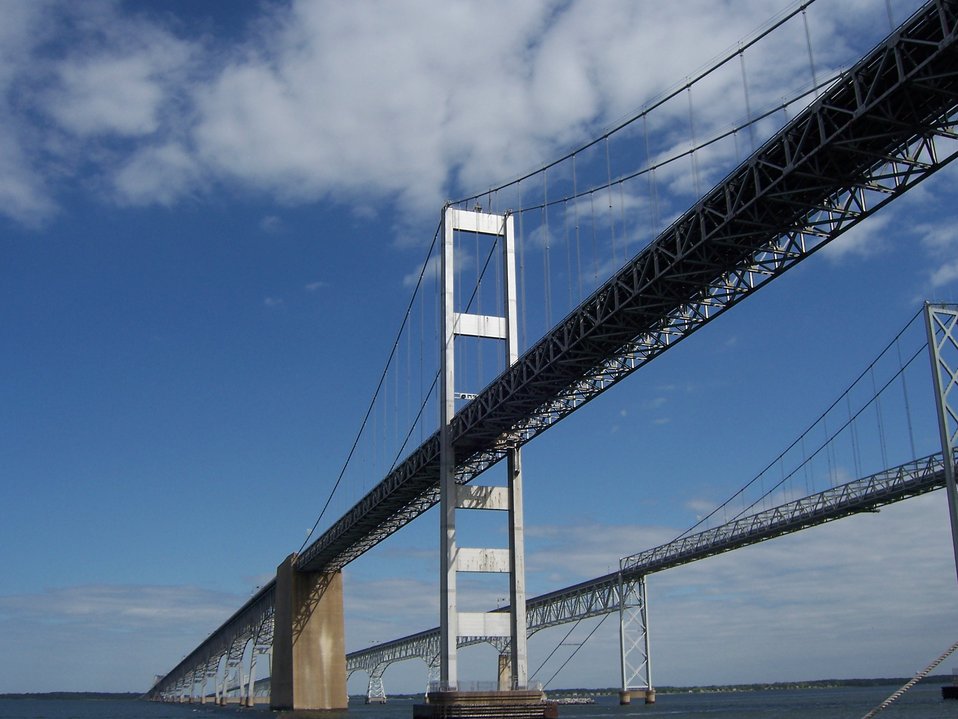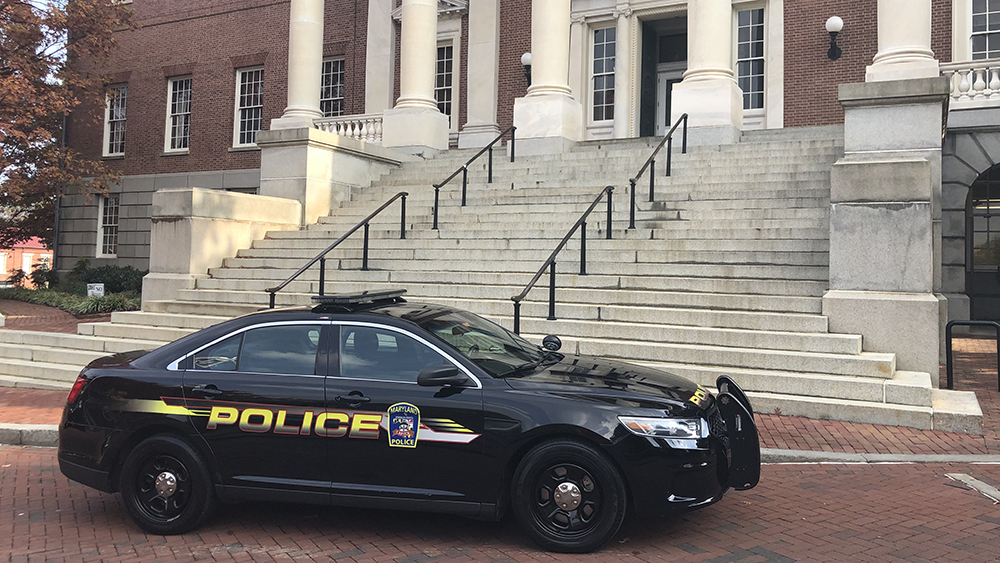
With unprecedented numbers of people working from home and unemployment hitting levels not seen since the Great Depression, traffic volumes have fallen dramatically over the last month — in Maryland and across the country.
Many of the motorists who are on the road are turning the nation’s highways into race tracks, traveling well above posted speed limits and endangering other motorists in the process, law enforcement officials and transportation experts said this week.
The Maryland State Police have been aware of the trend for weeks and have increased enforcement and boosted personnel in response, an agency spokesman said.
“People are just driving crazy. They’re driving crazy fast,” said Wes Guckert, head of The Traffic Group, a Baltimore-based firm with offices in a dozen U.S. cities.
“Drivers are out there without any reason to slow down. They see that they can drive as fast as they want, and many of them are. And that’s a problem.”
Motorists who travel at high rates of speed put themselves at risk for a serious wreck and they endanger the lives of others. The uptick in excessive speeding comes as hospitals cope with an historic double-whammy — a global epidemic that has yet to peak in many states and a cutback in revenue, due to the reduction in elective surgeries, that has led to layoffs and furloughs at many institutions.
“If you end up in an emergency room, you’re taking away doctors and beds from people who may need them more acutely,” Guckert said.
Guckert said the increase in vehicle speed is a particular threat to pedestrians. “If you’re a pedestrian and you get hit at 25 miles per hour, you’ve got about a 90% chance of survival. It drops to 35% when you’re hit at 40 miles an hour.”
Because the drop in traffic volumes is relatively new, anecdotal reports are outpacing hard data on the trend toward high-speed driving.
INRIX, a “mobility solutions” firm with offices around the world, reported this month that “travel speeds on America’s most congested interstates and highways are exceeding the marked speed limit during the heaviest periods of traffic congestion. The scale of the change is unprecedented.”
In an email, Major Greg Shipley, a State Police spokesman, said “troopers have both observed speeding/aggressive driving and received additional complaints about it since there has been lighter traffic on the roads.”
“Maryland State Police troopers in the Washington Metro Troop have been increasing visibility and enforcement efforts in the area for weeks, due to complaints of speeding vehicles and aggressive driving, especially on the Capital Beltway,” the agency said in a news release on Friday.
Since March 15, troopers at the College Park Barrack alone have written 800 traffic citations and issued 108 warnings for traffic violations, mostly on Interstate 95 and I-495, the state police said. It could not be immediately determined how those figures compared to normal traffic citations.
In addition, troopers assigned to other details have been reassigned to conduct speed enforcement, especially targeting those areas where high speeds are most prevalent. They are using directional radar and unmarked patrol cars in an effort to nab drivers who use apps that warn of police enforcement activity.
“We’re getting reports across the nation that almost every jurisdiction is concerned about the number of people speeding,” said John Townsend II, head of governmental affairs for AAA Mid-Atlantic.
Experts say speeds are up in part because — with fewer cars on the road — drivers can see much further down the road than normal. There is also speculation that financial stress, being cooped up at home and other factors pegged to the COVID-19 epidemic are contributing to the surge as well.
“The car is the only safe haven” many people have, Townsend said. “You can take the mask off and you’re free to roam. … Some traffic experts believe that psychologically people are speeding because of pent-up frustrations, anger and anxiety.”
While hard data is scarce for now, the threat posted by excessive speeding has the attention of the state police.
“Through personal observation and anecdotal information, troopers believe some drivers are taking advantage of lighter traffic volume to engage in aggressive driving and speeding,” the agency said on Friday. “Regardless of the reasons, troopers will continue strict enforcement of all traffic laws in an effort to keep Maryland highways safe, even as we work to stop the virus spread during the state of emergency.”
Guckert, the Maryland-based transportation consultant who has observed a lot of high-speed driving in his personal travel, said many motorists are exhibiting a sense of over-confidence.
“They are not expert drivers,” he said. “They’re not folks that have taken a course at one of the West Virginia speedways where they’ve been trained by the state police. It doesn’t take much, when you’re driving 70, 80, 90 miles an hour… to have an accident and hurt yourself and a lot of other people.”




 Creative Commons Attribution
Creative Commons Attribution